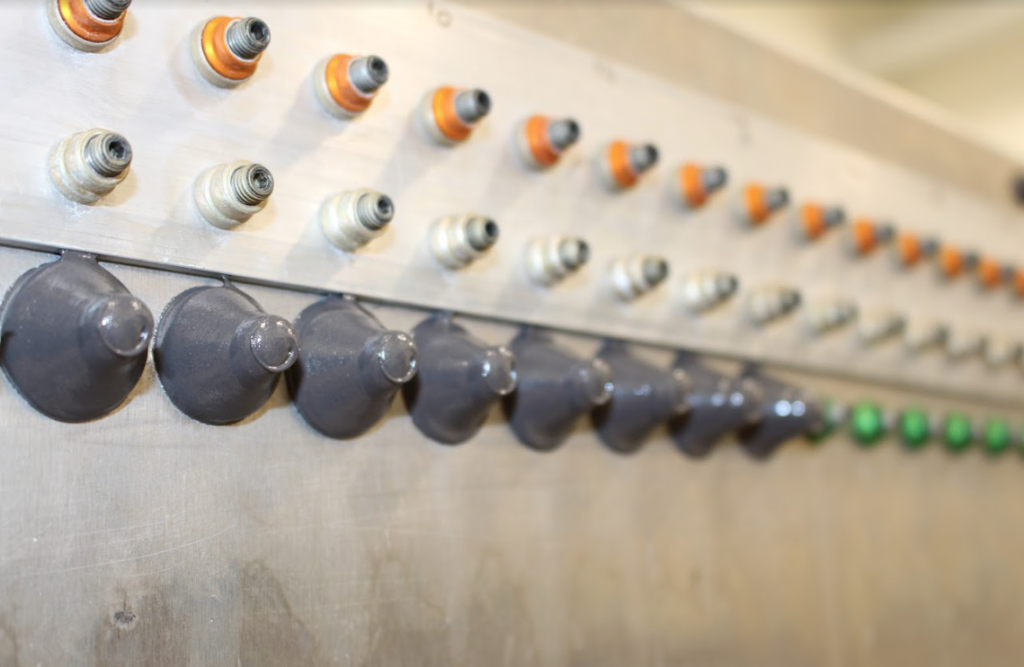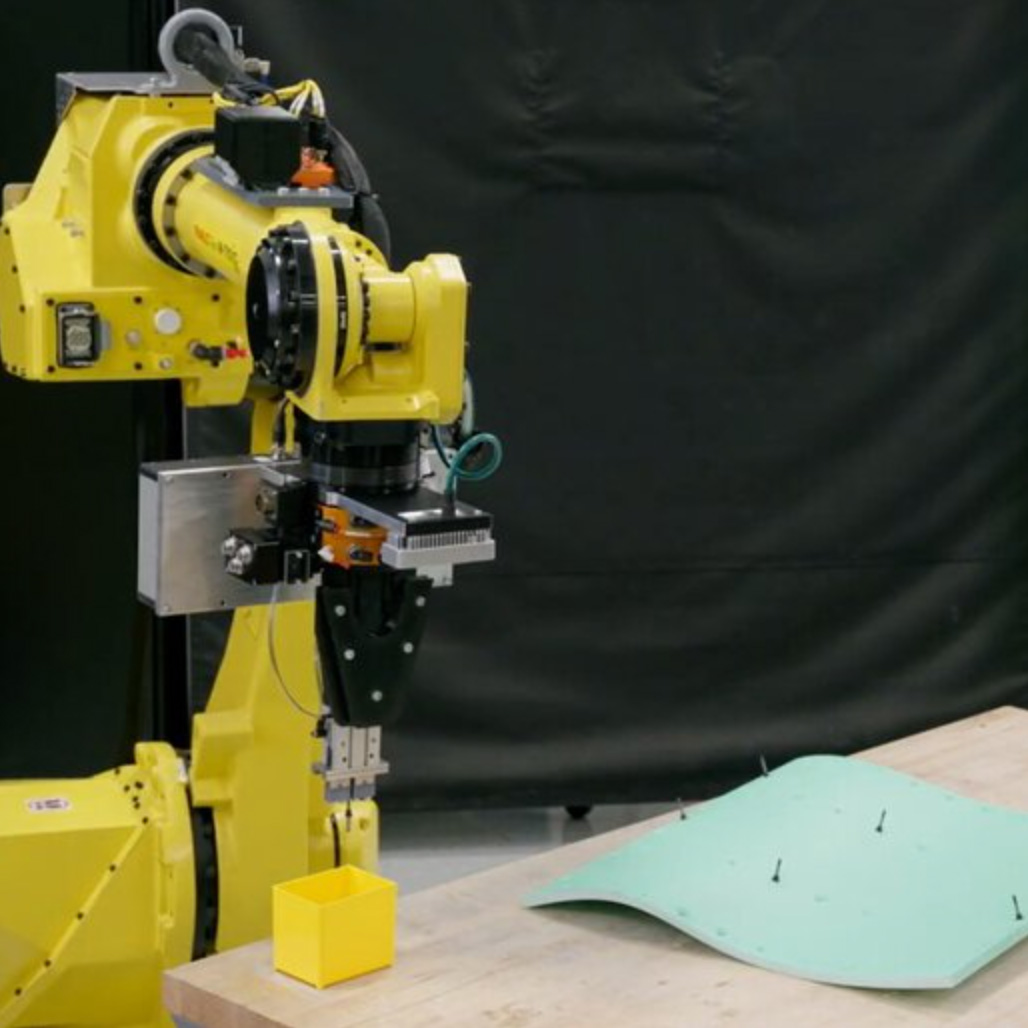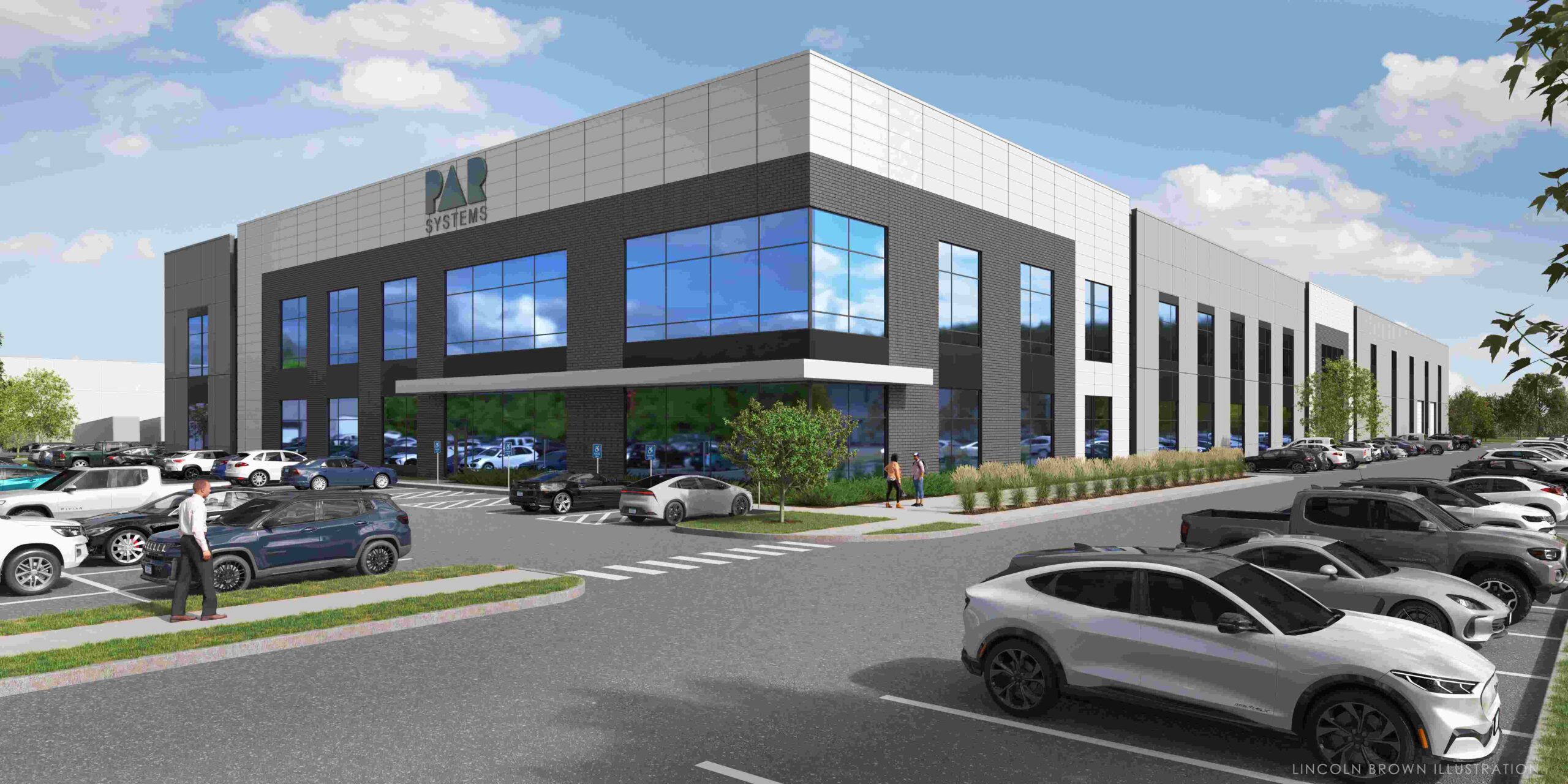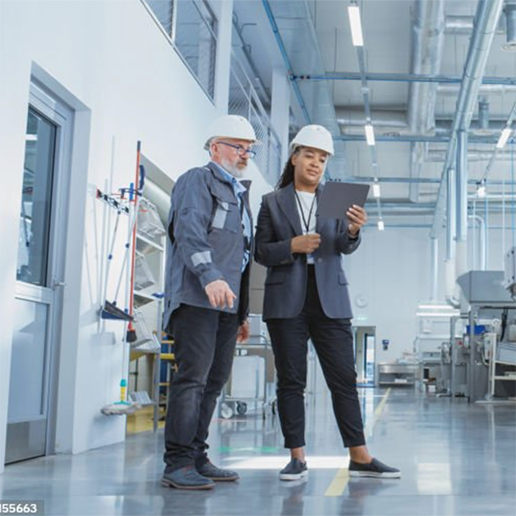PAR Systems Friction Stir Welding Technology Propels ULA Vulcan Centaur to New Heights in Space Exploration
In the ever-advancing field of space exploration, the recent successful launch of the United Launch Alliance’s (ULA) Vulcan Centaur rocket stands as a testament to the collaborative efforts of a national team, including the pioneering contributions of PAR Systems. At the core of this achievement is PAR’s I-STIR® Friction Stir Welding (FSW) technology, which has allowed ULA to build lighter rocket tanks, significantly enhancing the Vulcan’s capabilities to carry heavier payloads and launch larger satellites into space.
The Vulcan Centaur Rocket, part of a national effort that brings together top aerospace suppliers and supports a robust domestic industrial base, represents a leap forward in rocket design and performance. PAR Systems, as an integral part of the national team, played a crucial role in designing and engineering two state-of-the-art Friction Stir Welding machines to meet the precise requirements needed for manufacturing of Vulcan’s cryogenic tanks.
The Universal Weld System above is located in ULA’s Decatur, Alabama facility. This system is designed by PAR to perform circumferential friction stir welds on the cryogenic tanks that hold liquid fuel to power Vulcan’s launch. (Video credit: United Launch Alliance)
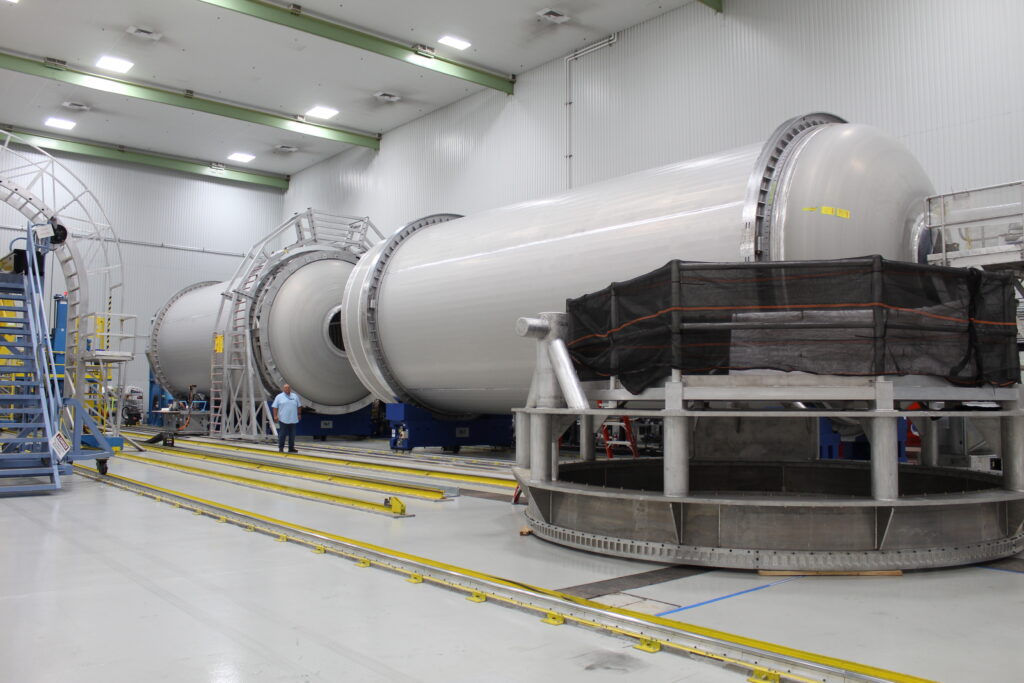
The first liquid oxygen (LOX) and liquefied natural gas (LNG) tanks for Vulcan Centaur’s inaugural flight in 2023, complete with FSWs from PAR. Photo credit: United Launch Alliance (ULA)
Friction Stir Welding is a solid-state welding process that results in higher strength weld joints, improved mechanical properties, and much improved tolerance to weld impurities like porosity. These attributes compliment other weight reduction strategies, which have far-reaching implications for the Vulcan-Centaur’s mission critical lift capabilities. Traditional welding methods often require thicker materials to ensure structural integrity, resulting in lower lift capacities. PAR Systems’ I-STIR® technology, provides ULA Engineering the freedom to design using thinner gauge materials, which help reduce the overall weight of the cryogenic tanks, without compromising weld joint strength or performance.
This weight reduction is a game-changer in the aerospace industry. Lighter rocket tanks mean that the Vulcan can carry more substantial payloads, whether destined for the International Space Station (ISS) or the moon. The increased payload capacity enhances the versatility of ULA’s launch capabilities, making the Vulcan Centaur an invaluable asset for a wide range of space missions.
As part of the certification process, the ULA Vulcan Centaur recently embarked on its Cert-1 mission from Space Launch Complex-41 at Cape Canaveral Space Force Station, Florida. This mission includes two payloads, the Peregrine Lunar Lander for Astrobotic as part of NASA’s Commercial Lunar Payload Services (CLPS) initiative and Celestis’ Memorial Spaceflights deep space Voyager mission, the Enterprise Flight. These missions mark a crucial step in ULA’s certification with the U.S. Space Force, demonstrating the rocket’s reliability and capability to deliver payloads for various purposes.
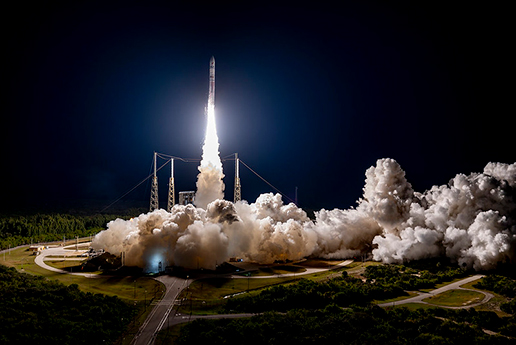
Photo credit: United Launch Alliance (ULA)
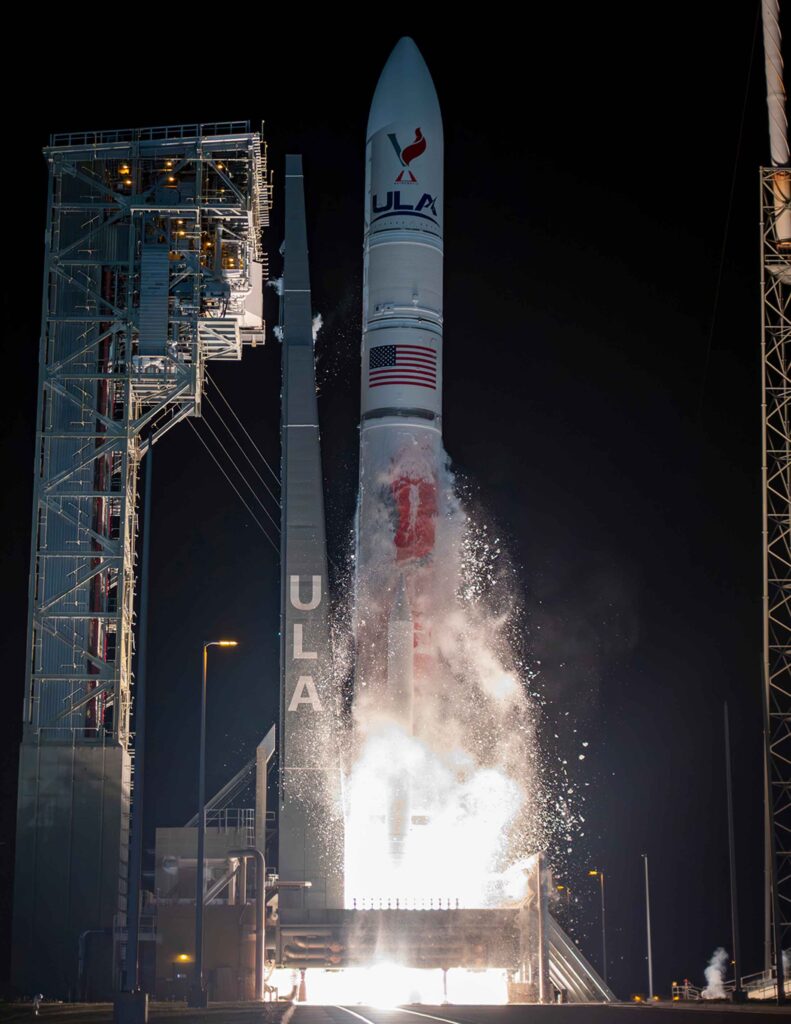
Photo credit: United Launch Alliance (ULA)
The Vulcan Centaur’s evolutionary design, coupled with innovative technology like FSW, positions it as a scalable system for all missions. This rocket provides higher performance, greater affordability, and maintains ULA’s unmatched reliability and orbital precision across national security, civil, and commercial markets. The Space Force’s selection of Vulcan as the top offeror and “best value” choice in the Phase 2 National Security Space Launch competition underscores its importance in assuring access to space.
PAR Systems’ contribution to the success of the ULA Vulcan Centaur rocket launch is a shining example of how cutting-edge technology and collaborative efforts within the aerospace industry can push the boundaries of space exploration. As we look to the future, the combination of innovative solutions like FSW and a national team working towards common goals promises even greater achievements in unlocking the mysteries of the cosmos.
Learn more about PAR’s friction stir welding technology.
About PAR Systems
PAR Systems is an automation solutions provider that designs and integrates high precision, automated, and robotic solutions. The company serves a variety of industries including life science, aerospace, nuclear, and marine among others. PAR uses its extensive knowledge and unique synergy across industries to meet project needs at any scale including pre-automation proof of concept studies, robotic work cell production, design and build of fully integrated automation systems and post-implementation service and support.
Founded in 1961, PAR Systems employs over 500 people and has innovated over 8,000 systems in over 30 countries around the globe. In 2017 PAR was acquired by the Pohlad Companies, a privately held portfolio of businesses and investments spanning a variety of industries. Company headquarters for PAR Systems is in Shoreview, MN, USA, where it is currently expanding and positioned for future growth. To learn more, visit the company’s website at par.com.
###
Media Contact:
Tracy Sherk
Director of Strategic Marketing & Communications
PAR Systems
[email protected]

